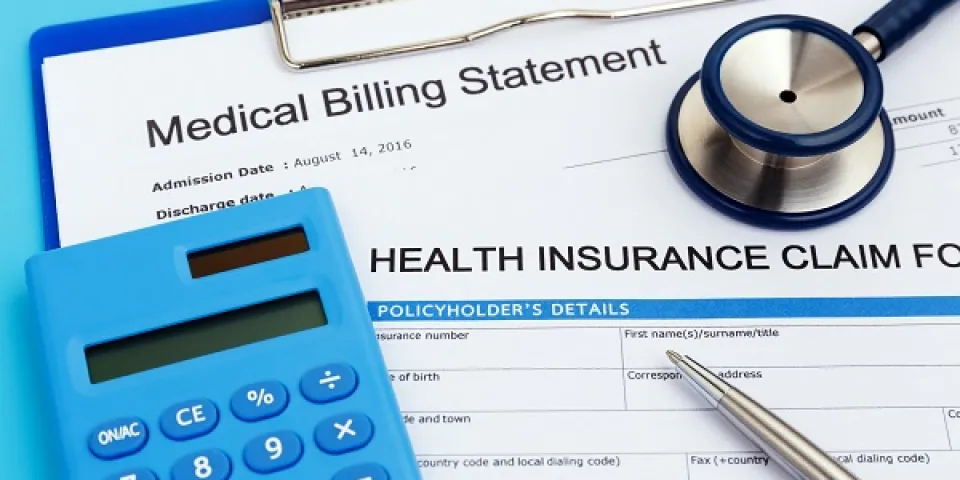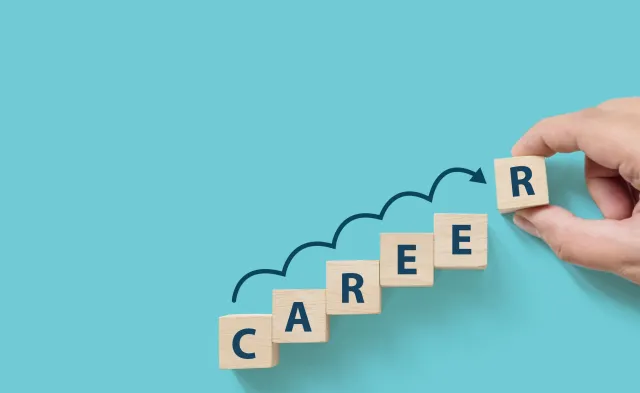Latest
How Technology is Shaping the Future of Medical Coding
Aug 15, 2017

Thirty years ago, a career in healthcare information management required a significant amount of paperwork. But not anymore—the implementation of electronic health records is reshaping the field of health information management, and opening up many new and exciting opportunities in medical billing and coding.
As the baby boomer population ages, the demand for health services in the U.S is expected to increase, along with demand for health information professionals. In fact, the U.S Department of Labor predicts that employment for health information technicians will grow by as much as 15 percent through 2024—much faster than average for most occupations.
Today’s medical coders and health information managers are in an increasingly digital field that requires them to integrate their specialized knowledge, skills and experience with new technology. In the future, medical coders need to not only understand the importance and applications of new coding technology but be able to use these new tools to ensure accuracy and increase efficiency.
What do medical coders do?
Medical coders transcribe information about a patient visit—from symptoms to diagnosis to medication prescribed—into an electronic code that can be easily stored in a hospital’s patient database and later interpreted by health insurance companies for reimbursement of healthcare services, according to the American Academy of Professional Coders (AAPC).
In the past, coding professionals had to translate and document this information using a codebook manual. Today, digital coding software—also known as an encoder—streamlines the coding process to a few simple “clicks.”
Why are encoders important?
Encoders are designed to not only make the job of coding professionals easier but to improve the accuracy of the coding process by reducing the risk of human error. Medical codes are updated annually, and codebooks must always be kept current to ensure proper documentation of a patient’s visit. In the past, facilities had to purchase new codebooks every year, but encoders are continually updated with the most current codes.
There are several types of encoders that are designed to meet the specific needs of hospitals or medical facilities. Some practices may use the 3M Encoder, which is a signature partner of American Health Information Management Association (AHIMA), while larger hospitals may have an inpatient facility encoder, as well as different versions of the encoder for labs, radiology and other departments.
How are encoders changing the jobs of medical billers and coders?
Although technology is a big piece of the puzzle when it comes to improving medical coding, we will always need coders who are trained in the use of the coding manuals.
While encoders can help make it easier to research and identify the appropriate code for a specific procedure, coders should also use their knowledge and reasoning skills to accurately report each medical transaction.
Relying on an encoder alone, without using the codebook as a backup method, could result in costly errors that could hurt the practice or hospital. An encoder is certainly important, but coders also need to have a deep knowledge of medical procedures and terminology to be successful in documenting the health services provided.
How do I become a medical coder?
It’s becoming a popular trend for professionals in this field to obtain their degree or certification (CCA). Some medical coders also go on to earn their health information management bachelor’s degree to pursue advanced career opportunities in HIM.
The online medical billing and coding program options at Herzing University are focused on providing graduates with the specific skills and capabilities they will need to succeed as billers and coders in doctors’ offices, hospitals and other care facilities. This includes a strong understanding of anatomy and physiology and different coding programs and procedures. The 3M Encoder is just one of the tools that are embedded in Herzing’s coding classes and curriculum to provide students with hands-on experience in the field.
Choose your career pathway in medical billing and coding
Bureau of Labor Statistics (BLS), U.S. Department of Labor, Occupational Employment and Wage Statistics 2023 / Occupational Outlook Handbook 2022. BLS estimates do not represent entry-level wages and/or salaries. Multiple factors, including prior experience, age, geography market in which you want to work and degree field, will affect career outcomes and earnings. Herzing neither represents that its graduates will earn the average salaries calculated by BLS for a particular job nor guarantees that graduation from its program will result in a job, promotion, salary increase or other career growth.
Latest
Recent Blog Posts
Subscribe to our Newsletter
Get the latest news you need to know, from study hacks to interview tips to career advancement. Have it delivered right to your inbox biweekly.








